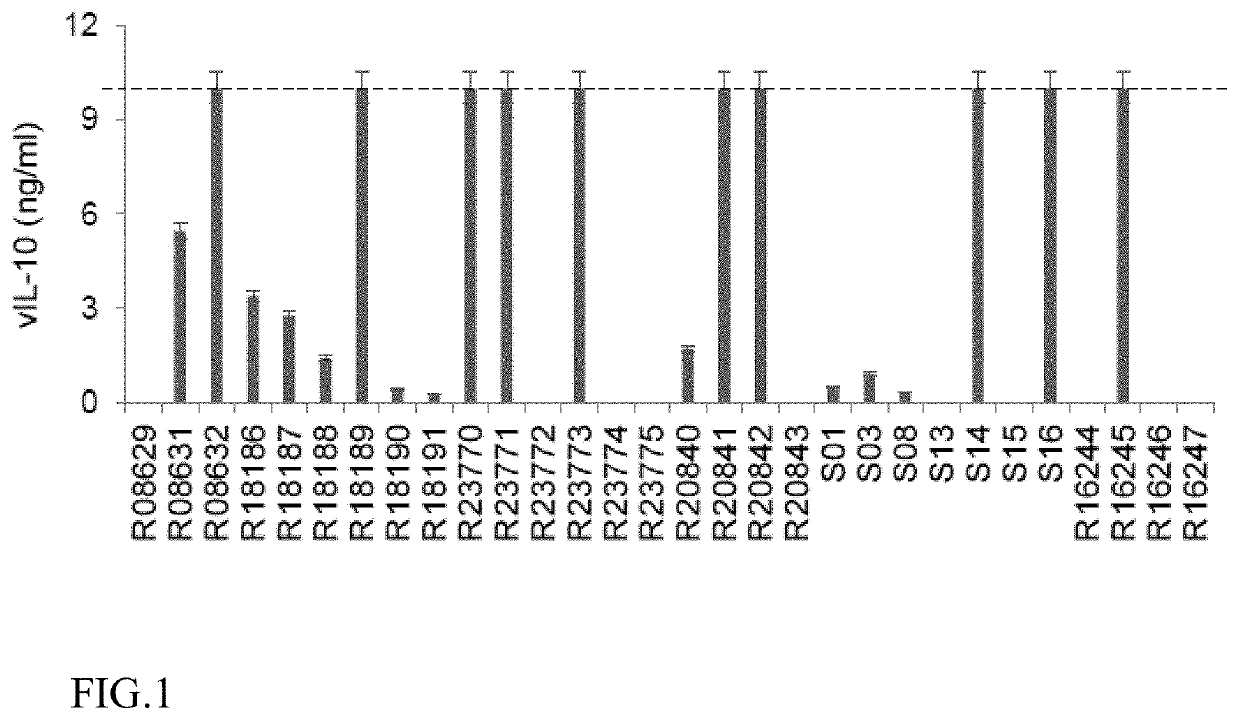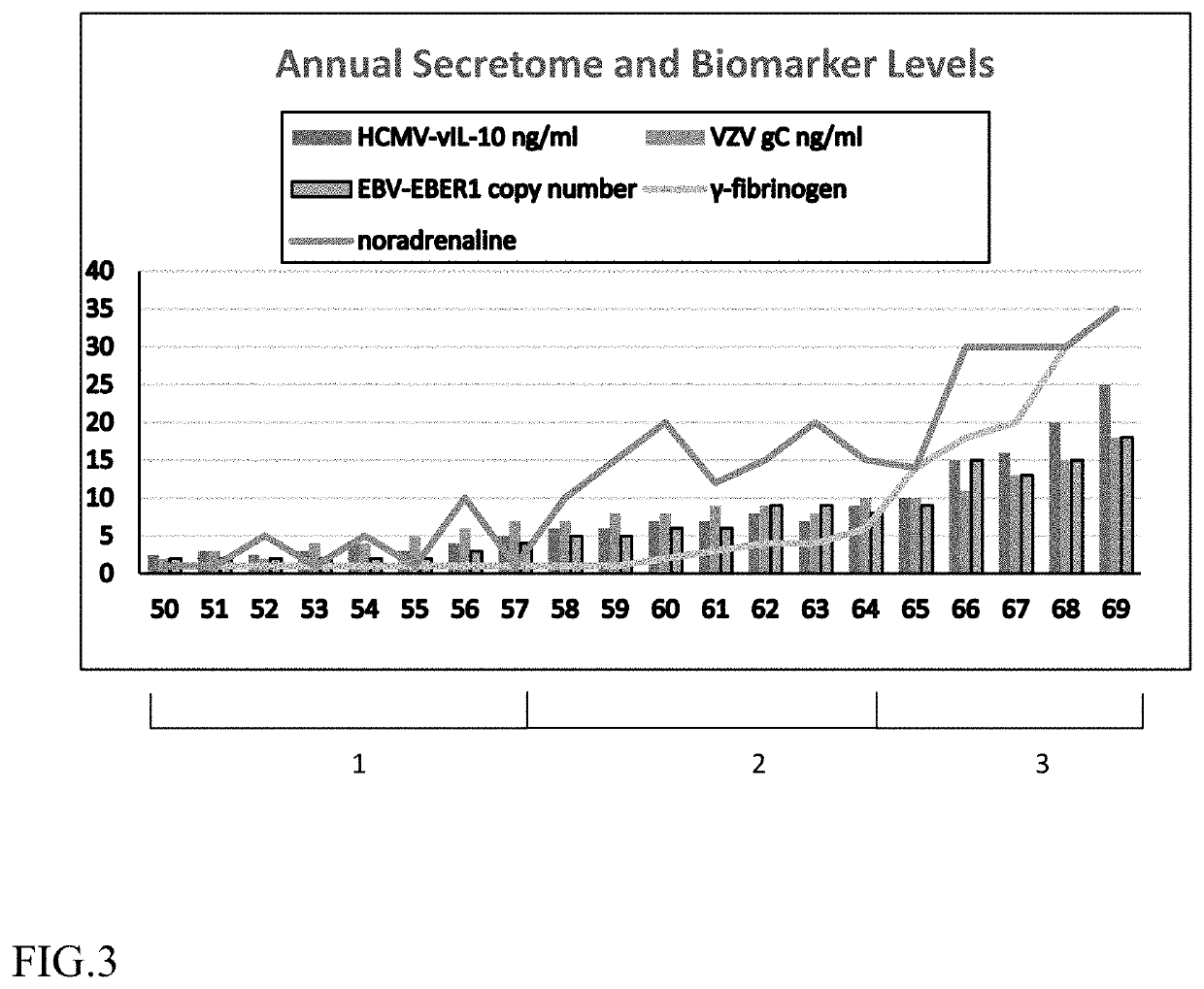Method for diagnosing and staging herpesvirus-mediated neurodegeneration
a herpesvirus and neurodegeneration technology, applied in the field of herpesvirus-mediated neurodegeneration diagnosis and staging, can solve the problems of inability to explain it all, high cost of tests, risky lumbar puncture, etc., and achieve the effect of preventing herpesvirus-mediated neurodegeneration and low cos
- Summary
- Abstract
- Description
- Claims
- Application Information
AI Technical Summary
Benefits of technology
Problems solved by technology
Method used
Image
Examples
Embodiment Construction
[0022]Herpesviruses, especially HSV-1, have been suspected to be involved in AD for at least four decades (Middleton P J et. al. 1980). Many reports refute an association between herpesvirus types and AD. (Deatly et al. 1990; Kittur et al. 1992; Allnutt et al. 2019; Hemling et al. 2003; Jeong and Liu 2019). After decades of conflicting reports, the question remains an enigma. The absence of herpesvirus DNA in AD brains can be explained in part by when and where the tissue has been sampled. First, most AD brain samples are taken postmortem from late-stage AD patients. This is analogous to examining the cause of an auto accident after the drivers and wreckage have long left the scene. Herpesviruses can infect blood vessels, including pericytes, endothelial cells, and astrocytes, and some microvessels are obliterated in some AD brain regions (Miyakawa 1997). Moreover, significant pathology occurs in the brain stem, and this region is rarely sampled. Another reason for conflicting repor...
PUM
| Property | Measurement | Unit |
|---|---|---|
| Current | aaaaa | aaaaa |
Abstract
Description
Claims
Application Information
 Login to View More
Login to View More - R&D
- Intellectual Property
- Life Sciences
- Materials
- Tech Scout
- Unparalleled Data Quality
- Higher Quality Content
- 60% Fewer Hallucinations
Browse by: Latest US Patents, China's latest patents, Technical Efficacy Thesaurus, Application Domain, Technology Topic, Popular Technical Reports.
© 2025 PatSnap. All rights reserved.Legal|Privacy policy|Modern Slavery Act Transparency Statement|Sitemap|About US| Contact US: help@patsnap.com



